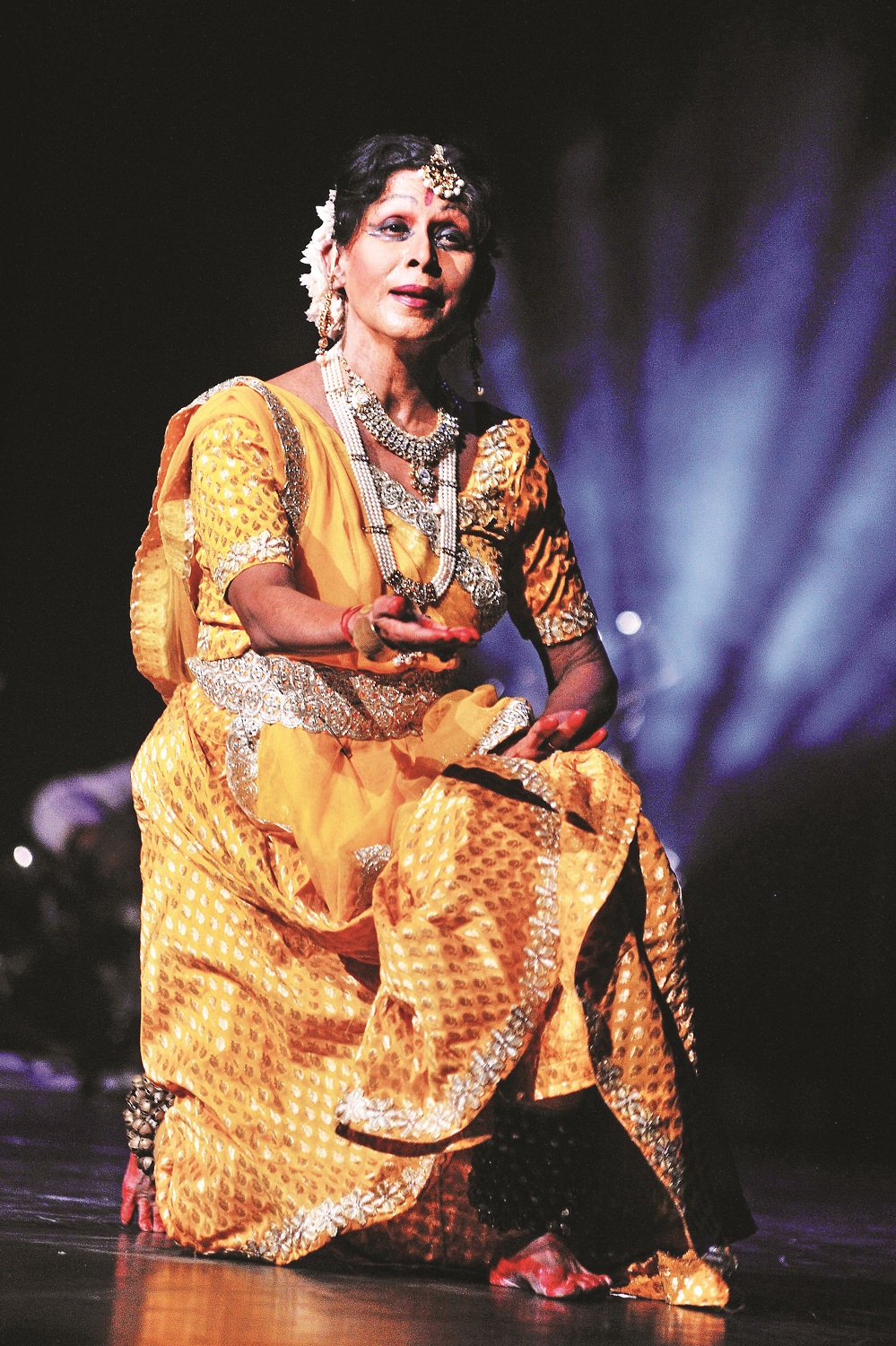The genuine research approach adopted deserves all the kudos
It is only once in a long while that one comes across a tome as well-researched and meticulous field work-based as the present one is (in its bilingual versions), for which the authors deserve ample encomium. Shovana Narayan is a most widely-known Kathak dancer and has been also a civil service practitioner with wide knowledge of men and their affairs (an aspect not mentioned in the blurbs). Geetika Kalha has been a most seasoned administrator with three decades of experience and has continued working for revival, documentation and dissemination of art and culture. They are well qualified, together, to undertake a research of such magnificent proportions.
But what strikes a reader at the outset is an overall note of humility (as the spirit of research calls for) to enter their domain of investigation: with their focus not to refute or prove whether any state was the point of origin of Kathak dance, nor to glorify any gharana or undertake the contribution of any other. This disclaimer is the hallmark of a genuine honesty of approach to disavow any prior claim of knowledge and foregone conclusions. Having come across the existence of Kathak village – quite by chance, as they foreswear – and Kathak Lok as a community, they set out determined to get to their roots. The other admirable factor was to undertake an extensive and pretty arduous fieldwork over some 7,000 kilometres across “the length and breadth of Uttar Pradesh, Bihar and Rajasthan looking for villages named Kathak”.

In nearly the first one half of the book, the authors have painstakingly delineated what they found out. Rather than quoting chapter and verse from a multitude of records, suffice it here to say that the authors found a wide range of stratification in their research effort. At one end were scattered Kathak villages where there was no evidence of any community like Kathak Lok who, if anything, had deserted their habitat long ago. Then, there were stray findings of some temples where there were still Brahmins who practice an integrated form of song and dance, coupled with story-telling. Further on, there were also some Kathak villages where they found actual representatives of Kathak Lok, but surprisingly only in the form of male Brahmins, without any support of their female counterparts. At other points, there were stray memories of ancestors who were both musicians and dancers, but no longer found alive. All the details have been recorded faithfully by the researcher duo, — so that future researchers could take off from the points at which they have left. Incidentally, a surprising finding of the authors was a total absence of either Kathak village or Kathak Lok community in, though there were qualified drummers from that state.
This is entirely admirable, for, the approach in any quality research should be to explore what existed before, then add a little knowledge as one could, and finally lay off for others: to take the research forward from those clear points.
Where one stumbles a little is in the minor half of the book where the tradition of Kathak is traced backwards in space and time over historical dimensions. At one point, it has been held that the dance had nothing to do with the Mughal Court, although others have mentioned the use of thumri extensively in support of the dance, clearly pointing to a Mughal link. There have also been conjectures – from the Mughal miniature paintings drawn in the Karkhana (painters’ workshops) in the courts of Emperors Akbar and Jehangir — whether the Kathak costume had some Mughal influence.
Another issue raised by the authors is about no Persian or Middle Eastern influence on the style. Again, there is a contrary viewpoint that the emphasis on Tatkar and Chakradhar in Kathak could have faint historical links with the footwork-laden dances of Central Asia (from Lebanon, for instance) and the Sufi pirouettes of Persian Dervishes. One would not, however, labour these points and leave them to the cognoscente.
This critic would, however, like to leave three issues that could be argued at length in this book’s context. The first is the striking “binary” of the artistic tradition and the devotional space, all over our land. The remarkable instance of the Brahadishwara temple in Thanjavoor and its manifold links with Shilpa Shastra and Agama Shastra at one end, and the profuse sculptural and architectural exuberance at the other end, not to mention Shaiva paintings on the inner walls of the Mahamandapa. Other binaries like the Jagannath and Konara temple complexes in Orissa and Khajuraho temple complex in Madhya Pradesh and many others only make the point that Kathak dance’s ubiquitous link with temples is something only to be expected. The second point is that as Islam spread in India, its known aversion to any dance forms, including Kathak, might have a lot to do with the obliteration of Kathak Lok as a community and decadence of Kathak villages alongside. The Final point is a well-known trend in all classical dances for Sansktitisation – that is, tracing their genesis in the treatises of the hoary past – is something too well-known to be laboured on. But these generalities do not take away the excellence in the genuine research approach adopted by the two authors here that deserves all the kudos!
KATHAK LOK: TEMPLE, TRADITION AND HISTORY (English)
By Shovana Narayan & Geetika Kalha
Vitasta Publishing Pvt. Ltd.
New Delhi, MRP Rs. 750
ISBN 978 93 90961 42 9
KATHAK LOK: MANDIR, PARMPARA AUR ITIHAS (Hindi)
By Shovana Narayan & Geetika Kalha
Shubhi Publications
Gurugram, MRP Rs. 895
ISBN 978 81 82904 98 9

